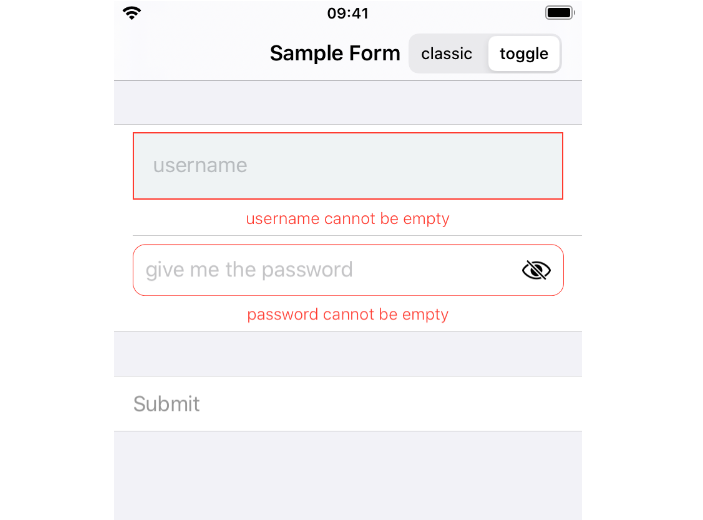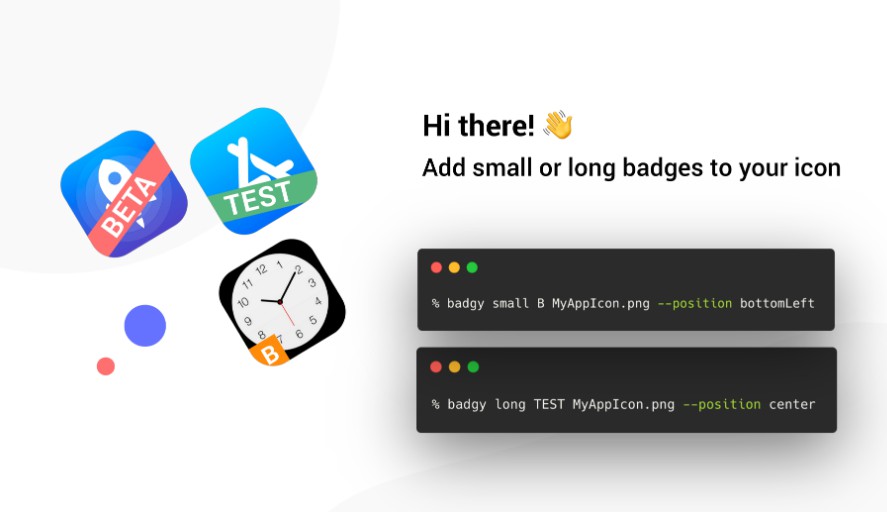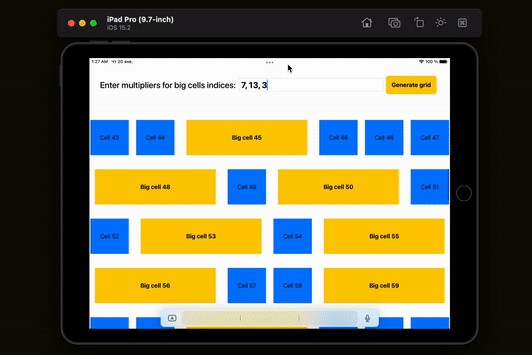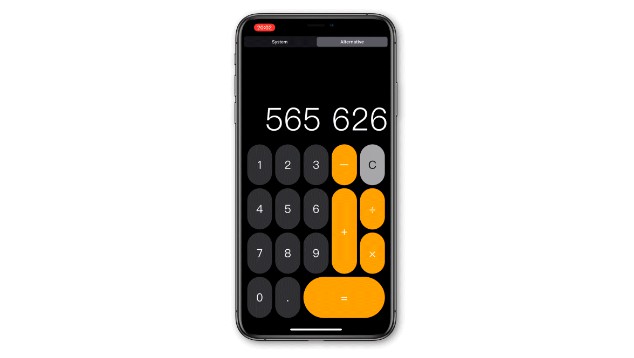ugrid
Custom grid view based on UICollectionView and Swift.
Example
To run the example project, clone the repo, and run pod install from the Example directory first.
Features
UGrid offers three different sizes for cells. Toggle between them and let UGridFlowLayout to hanlde the rest. All empty spaces will be used. UGridView is willing to be like Windows Phone home page grid view :)
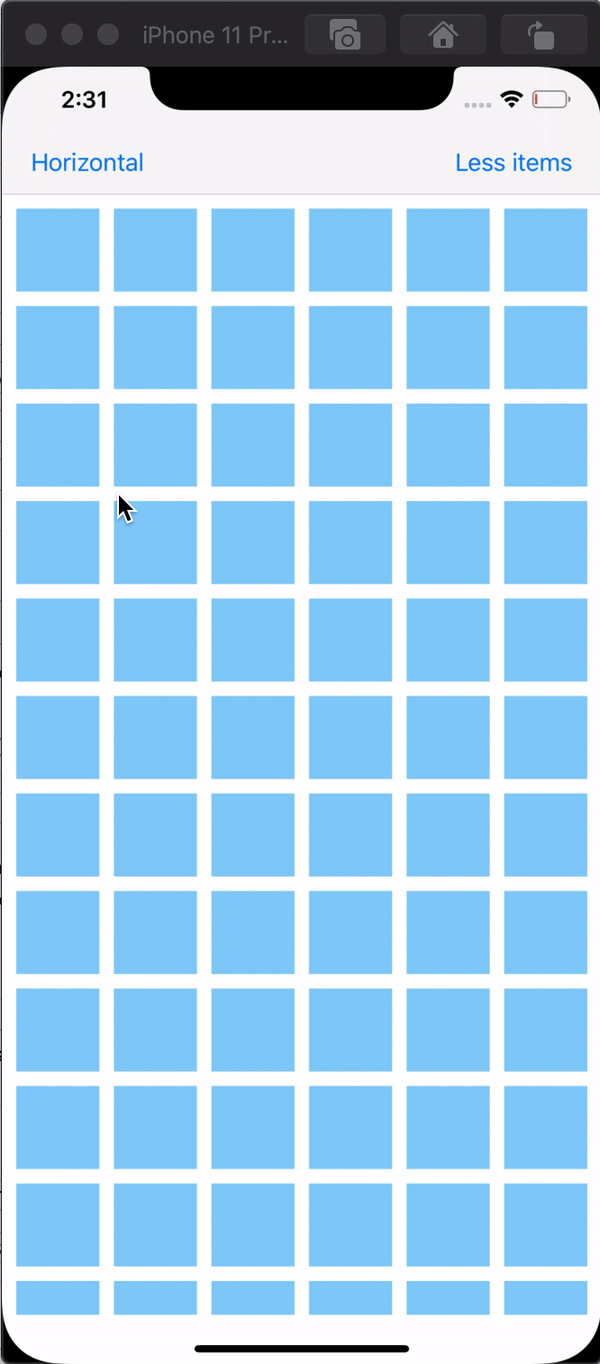
Implementation
Just assign instance of UGridFlowLayout to your collection view's collectionViewLayout property and you're good to go. If you want to toggle between size:
import UIKit
import ugrid
class ViewController: UIViewController {
private var _layout = UGridFlowLayout()
private var _layoutType: LayoutType = .less
override func viewDidLoad() {
super.viewDidLoad()
collectionView.collectionViewLayout = _layout
}
}
Toggle between Layout Types
There is two Layout Types: less or more
With less type in one row there will be:
- 4 small grid items
- 2 middle grid items
- 1 big grid item and there won't be any space for any other grid item
With more type in one row there will be:
- 6 small grid items
- 3 middle grid items
- 1 big grid item, but there will be a space for 4 small grid items or 1 middle item in the smae row
Layout Types could be toggled by calling setType(_:) and passing spacific Layout Type:
...
override func viewDidLoad() {
...
_layoutType = .less
_layout.setType(_layoutType)
}
...
Toggle between sizes
Just call toggleSize(forIndexPath:) On UGridFlowLayout instance. Layout will automaticall toggle between small, middle and big sizes:
...
override func viewDidLoad() {
...
_layoutType.toggle()
_layout.setType(_layoutType)
...
}
...
Store changes
For simplicity UserDefaults is used to save size for each cell index path. If you still want to handle storing by yourself You want to check Change behaviour section
Change behaviour
UGrid is still in development. It do it's best to bring the fastest calculation time for reordering cells, simplest implementation and usability. Though if you have a better calculation idea (which is most likely) you can create your own calculation class by simply adopting to IGridCalculation protocol and use setCalculationLogic(_:) on UGridFlowLayout instance to change calculation logic.
Also if you like to store sizes on your own, you can adopt to IGridSizeRepository protocol and set new storing mechanism by calling setSizeRepository(_:) on on UGridFlowLayout instance.
To change grid items count in the row, simply create a class that comforms to IGridItemsInRow and set it to UGridFlowLayout instance. For exmaple, to have 3 items in the row for less mode instead of default 4, create a new class called CustomSizeCountInrow:
class CustomSizeCountInrow: IGridItemsInRow {
func itemsInRow(forSizeType size: SizeType, andLayoutType layout: LayoutType) -> CGFloat {
switch layout {
case .less:
switch size {
case .small:
return 3
case .middle:
return 1.5
case .big:
return 1
}
case .more:
switch size {
case .small:
return 6
case .middle:
return 3
case .big:
return 1
}
}
}
}
and set it:
...
override func viewDidLoad() {
...
_layout.setGridItemsInRow(CustomSizeCountInrow())
...
}
...
What is planned to be done
- Section support. Currently only one section is supported
- Drag and Drop support
Requirements
- XCode 11+
- iOS 11+
Installation
ugrid is available through CocoaPods. To install
it, simply add the following line to your Podfile:
pod 'ugrid'
Author
Bug Creator

